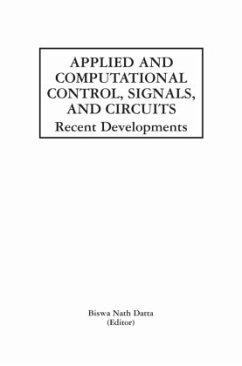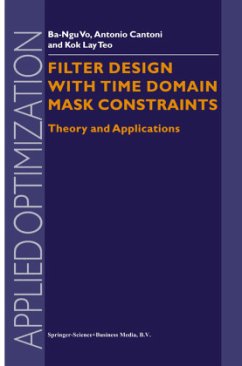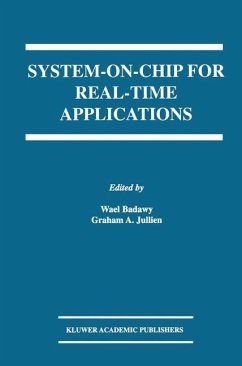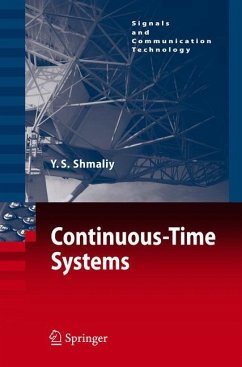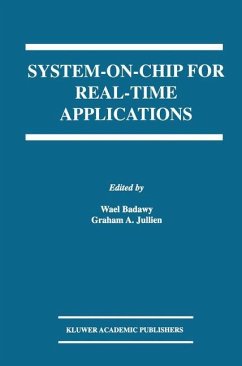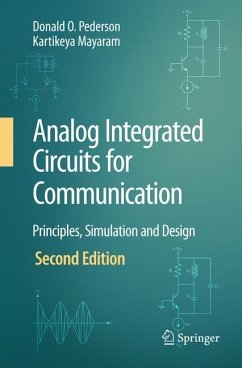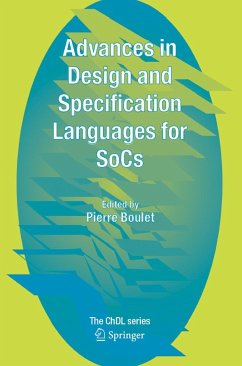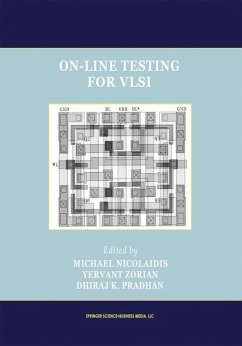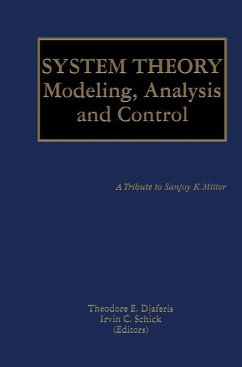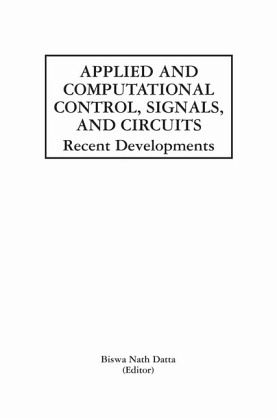
Applied and Computational Control, Signals, and Circuits
Recent Developments
Herausgegeben: Datta, Biswa N.
Versandkostenfrei!
Versandfertig in 1-2 Wochen
77,99 €
inkl. MwSt.

PAYBACK Punkte
39 °P sammeln!
Applied and Computational Control, Signals, and Circuits: Recent Developments is an interdisciplinary book blending mathematics, computational mathematics, scientific computing and software engineering with control and systems theory, signal processing, and circuit simulations. The material consists of seven state-of-the-art review chapters, each written by a leading expert in that field. Each of the technical chapters deals exclusively with some of the recent developments involving applications and computations of control, signals and circuits. Also included is a Chapter focusing on the newly...
Applied and Computational Control, Signals, and Circuits: Recent Developments is an interdisciplinary book blending mathematics, computational mathematics, scientific computing and software engineering with control and systems theory, signal processing, and circuit simulations. The material consists of seven state-of-the-art review chapters, each written by a leading expert in that field. Each of the technical chapters deals exclusively with some of the recent developments involving applications and computations of control, signals and circuits. Also included is a Chapter focusing on the newly developed Fortran-based software library, called SLICOT, for control systems design and analysis.
This collection will be an excellent reference work for research scientists, practicing engineers, and graduate level students of control and systems, circuit design, power systems and signal processing.
This collection will be an excellent reference work for research scientists, practicing engineers, and graduate level students of control and systems, circuit design, power systems and signal processing.





